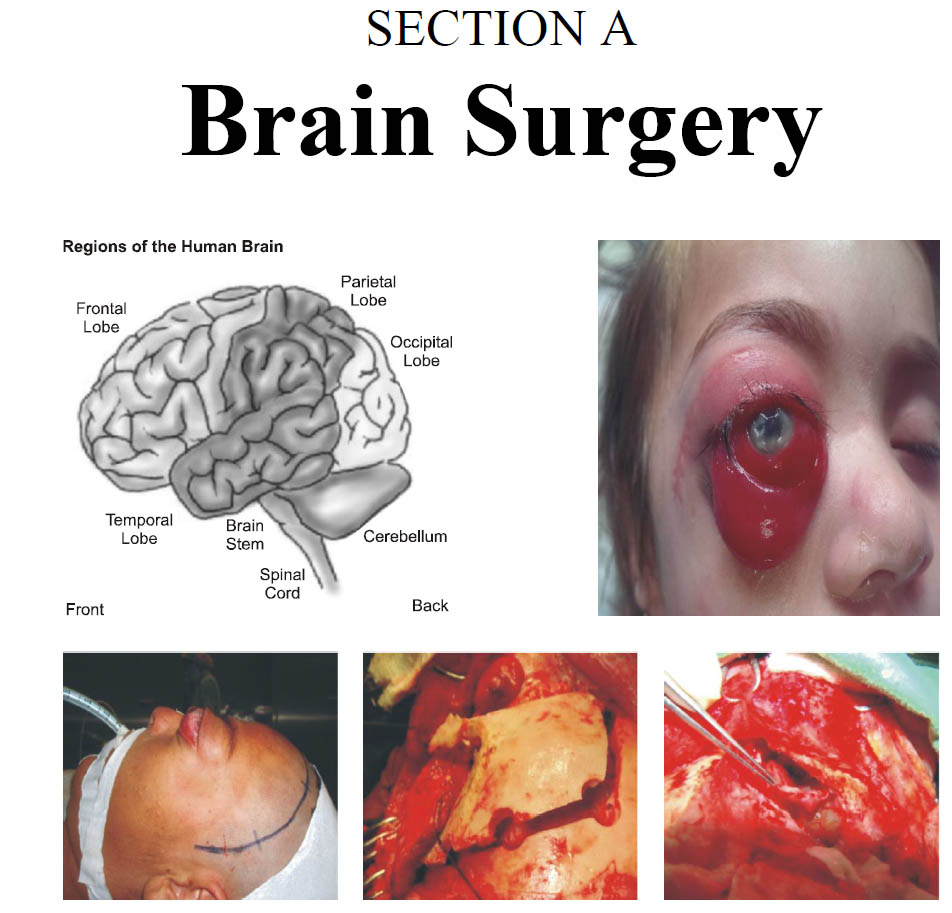Intracranial CT Scan Findings in the Patients of Head Injury: An Early Experience at Dera Ghazi Khan Teaching Hospital
DOI:
https://doi.org/10.36552/pjns.v24i3.468Keywords:
Computed TomographyAbstract
Introduction: Head injury patients constitute a major number to any trauma emergency. Every head injury patient whose level of consciousness seems to alter, must be checked for brain injury. With the help of Computed Tomography (CT), Radiological evaluation has experienced a drastic change because it precisely explores the location and nature of lesion(s).
Material and Methods: This study included 408 patients that were admitted to the emergency of Teaching Hospital Dera Ghazi Khan, from October 2017 to September 2019. In this study, the location as well as nature of lesions were evaluated with the help of CT.
Results: CT results expressed that there was skull fracture (28.4%), extra dural hematoma (20.6%), diffuse intra cerebral hematoma (18.6%), brain contusions (18%), subdural hematoma (5.9%), diffuse axonal injury (DAI) (4.4%), subarachnoid hemorrhage (2.5%) and pneumocranium (1.5%). It was also noted that the males having age group between 20 – 35 years were mostly involved in head trauma and the reason for this was a road accident.
Conclusion: CT scan explained the location and nature of brain and skull lesions.
Keywords: Computed Tomography (CT), Road Accident, Head Trauma.
References
2. Jorge Merino-De villas ante, Juan M, Taveras. Computerized tomography (CT) in acute head trauma. American Journal of Radiology. 1976; 146 (4): 765-778.
3. Kelly C. Bordignon, Walter oleschko-Arruda. CT scan findings in mild head trauma a series of 2000 Patients Arg. Neuro-psiquiatr. 2002; 60 (2): 204-210.
4. GH Yattoo and Amin Tabish. The profile of head injuries and traumatic brain injury Deaths in Kashmir. Journal of Trauma Management and Outcomes. 2008; 2: 5.
5. Asaleye CM, Famurewa OC, Komolafe EO et al. The pattern of computerized Topographic findings in moderate and severe head, injuries in ILE- IFE, Nigeria West African Journal of Radiology. 2005: 12.
6. Jennet B, Epidemiology of head injury. J Neurol Neurosurgery Psychiatry, 1996; 60: 363-369.
7. Macpherson BCM, Jennett B. CT evidence of intracranial contusion in relation to skull fracture. Clinical Radiology. 1990; 42: 321.
8. Seeling JM, Becker DP. Traumatic acute subdural haematoma. N Engl J Med. 1981; 304: 1511-8.
9. Takizawa T, Sato S. Traumatic subarachnoid haemorrhage. Neuro Med Chir. 1984; 24: 390-5.
10. Hydera AA, Wunderlich CA, Puvanachandraa P, et al. The impact of traumatic brain injuries: A global perspective. Neuro Rehabilitation. 2007; 22 (5): 341-353.
11. Mutch CA, Talbott JF, Gean A. Imaging evaluation of acute traumatic brain injury. Neurosurg Clin N Am. 2016; 27: 409-439.
12. Onwuchekwa RC, Echem RC. An epidemiologic study of traumatic head injuries in emergency department of a tertiary health institution. J Med Trop. 2018; 20: 24-29.
13. Ogbeide E, Isara AE. Computed tomographic findings in elderly patients with head trauma in a Southern Nigerian tertiary hospital. IJMHDEV. 2014; 19: 32-49.
14. Lolli V, Pezzullo M, Delpierre I, et al. Emergency Radiology special feature: Review article MDCT imaging of traumatic brain injury. Br J Radiol. 2016; 89: 0849.

Downloads
Published
Issue
Section
License
The work published by PJNS is licensed under a Creative Commons Attribution-NonCommercial 4.0 International (CC BY-NC 4.0). Copyrights on any open access article published by Pakistan Journal of Neurological Surgery are retained by the author(s).












